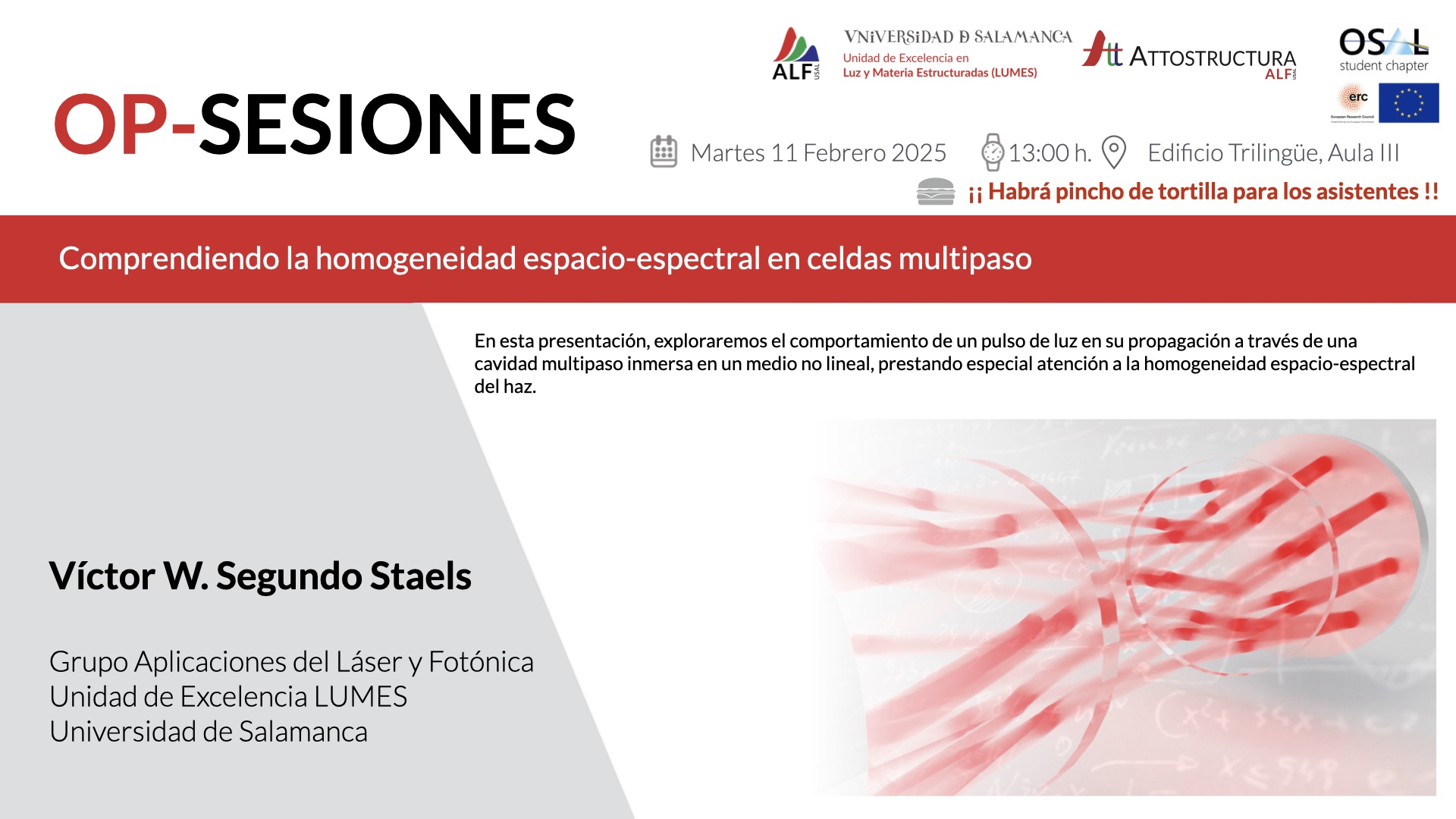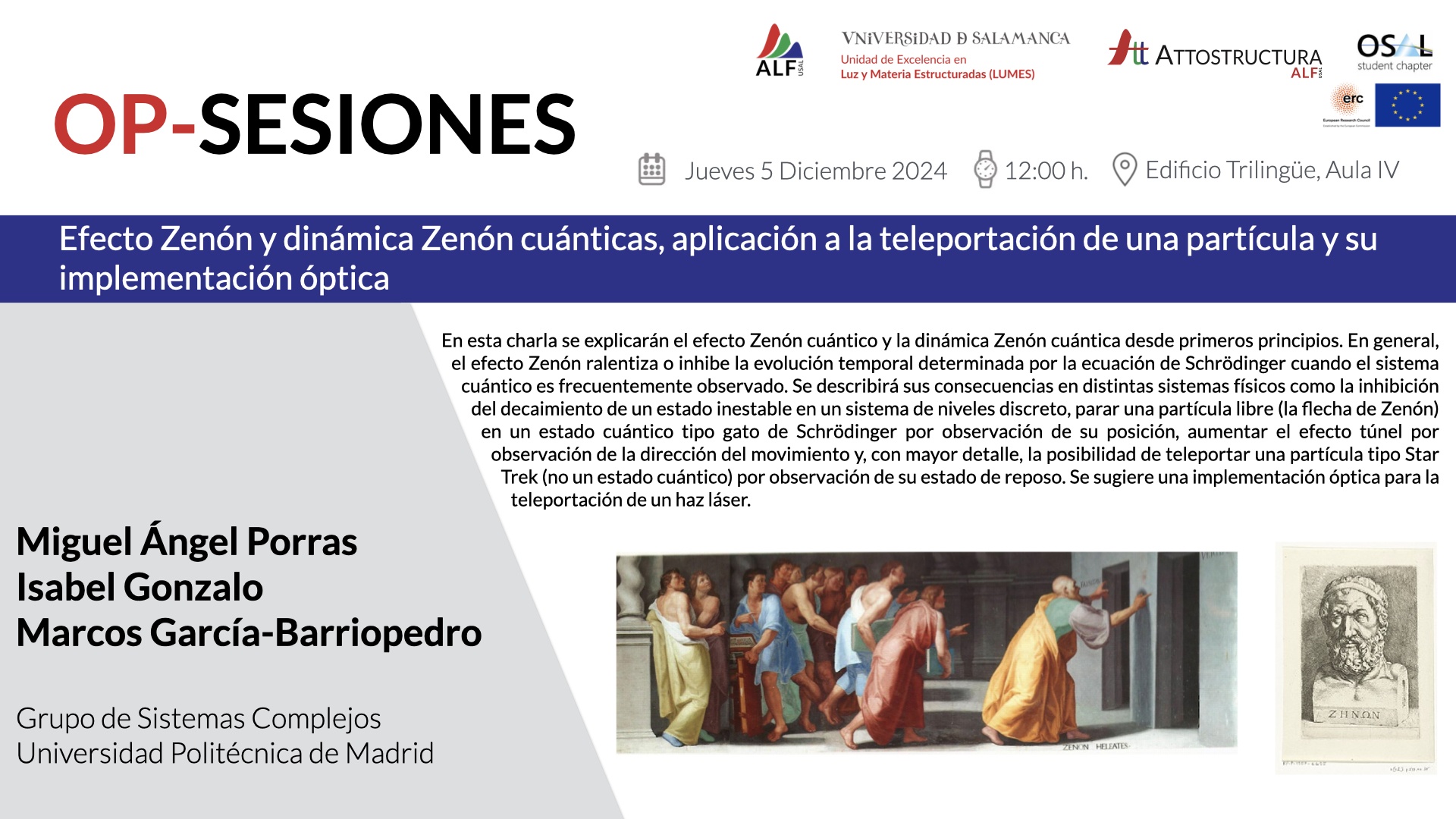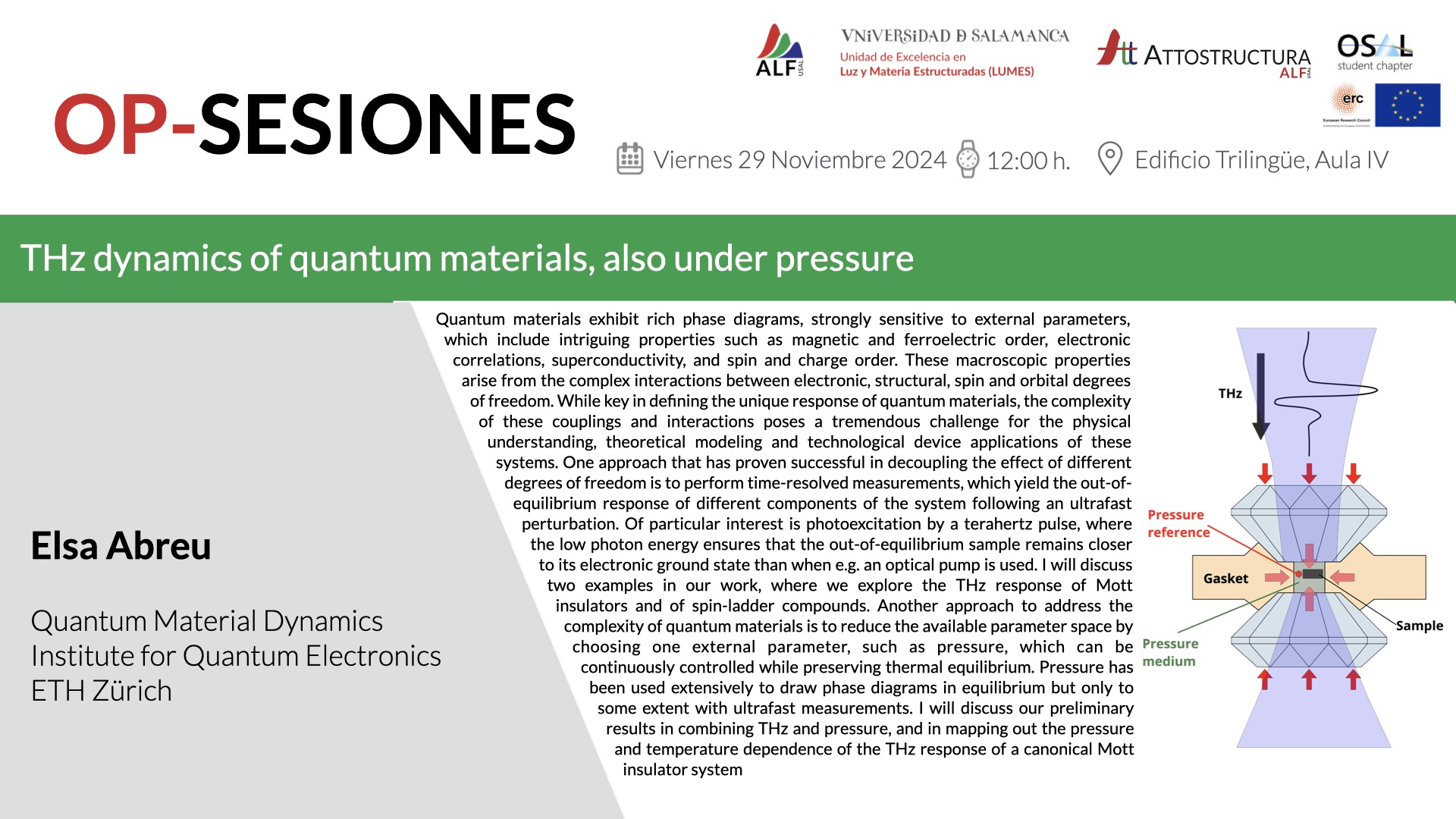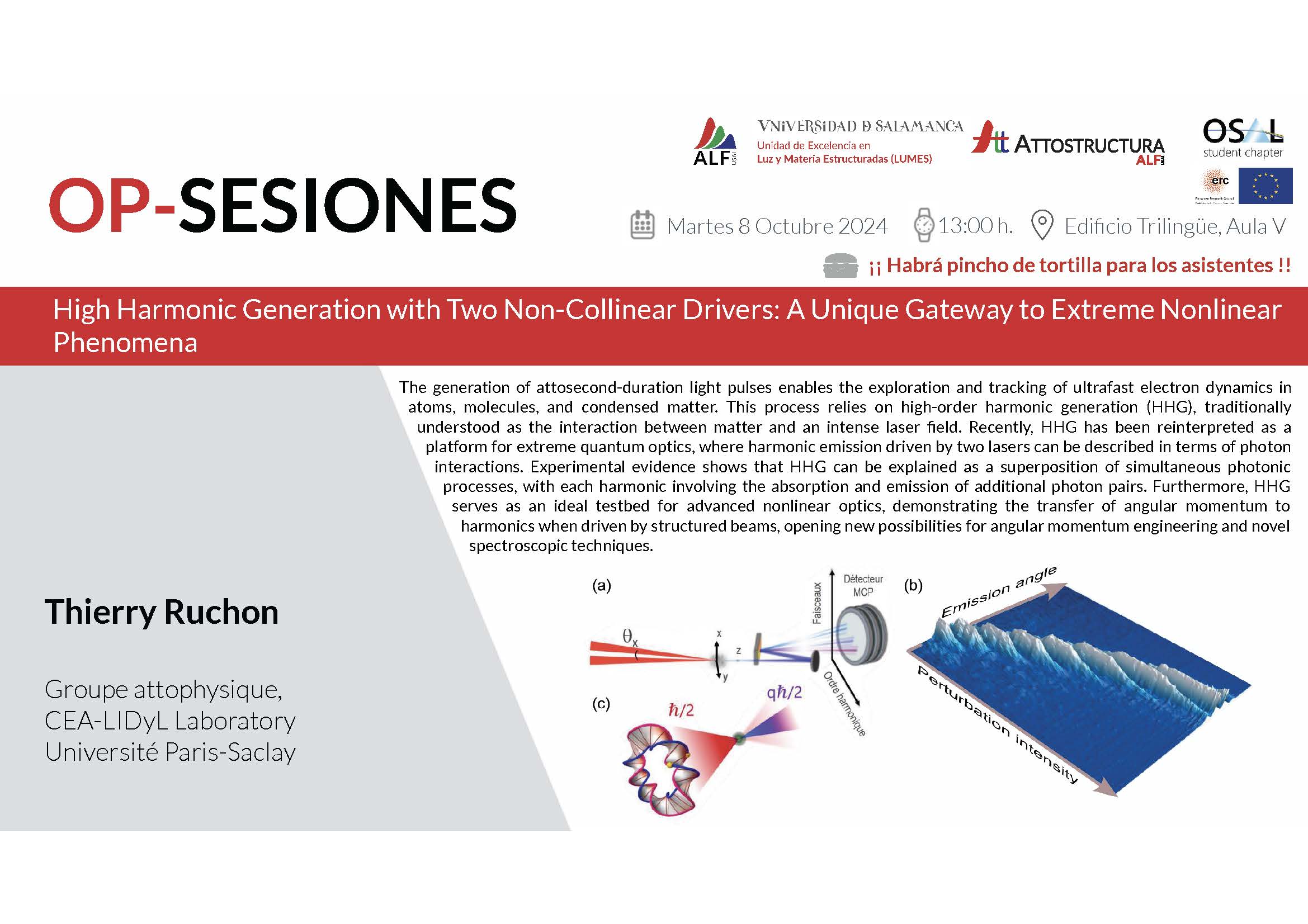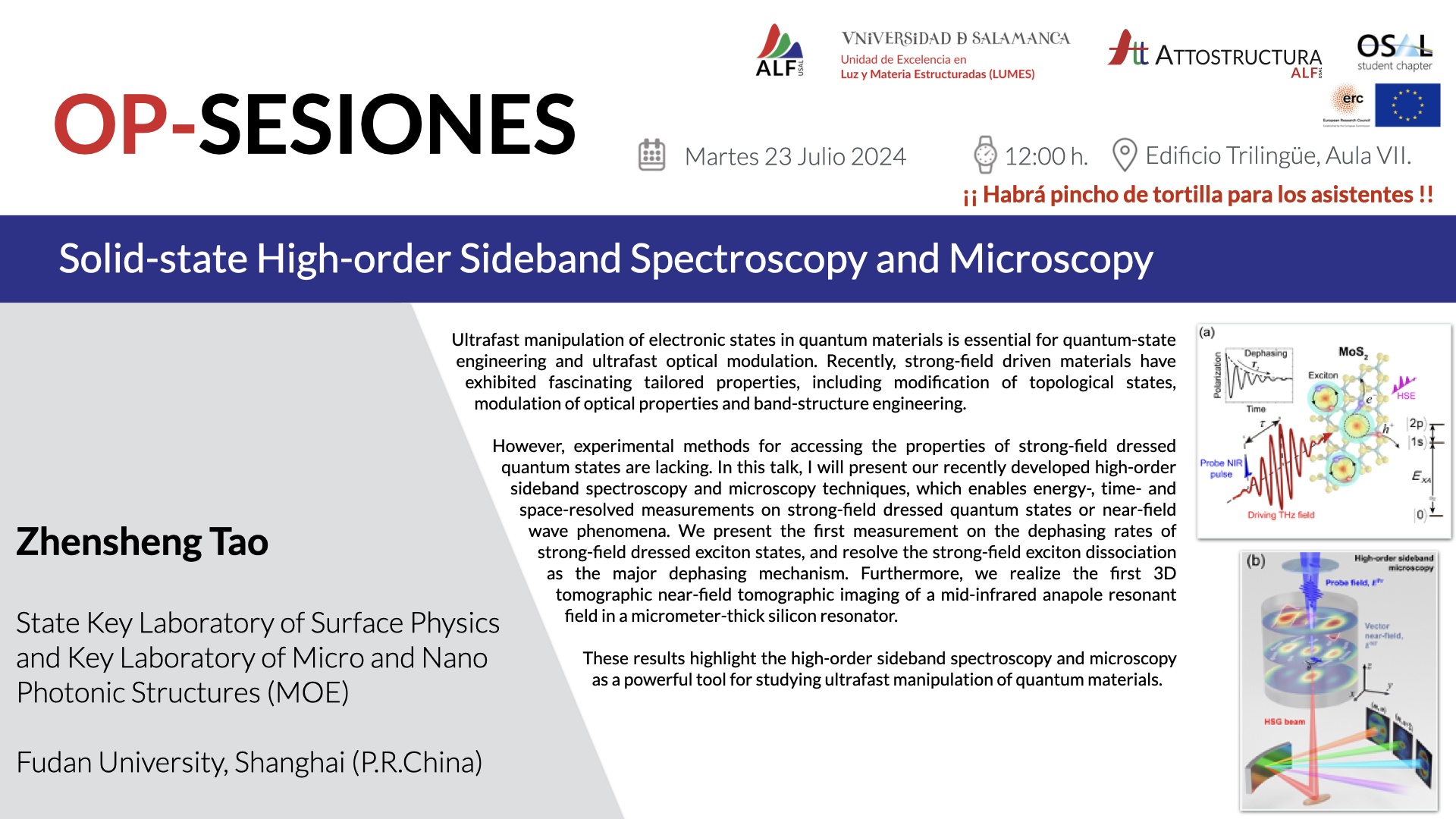Abstract
Ultrafast manipulation of electronic states in quantum materials is essential for quantum-state engineering and ultrafast optical modulation. Recently, strong-field driven materials have exhibited fascinating tailored properties, including modification of topological states, modulation of optical properties and band-structure engineering. However, experimental methods for accessing the properties of strong-field dressed quantum states are lacking. In this talk, I will present our recently developed high-order sideband spectroscopy and microscopy techniques, which enables energy-, time- and space-resolved measurements on strong-field dressed quantum states or near-field wave phenomena. We present the first measurement on the dephasing rates of strong-field dressed exciton states, and resolve the strong-field exciton dissociation as the major dephasing mechanism. Furthermore, we realize the first 3D tomographic near-field tomographic imaging of a mid-infrared anapole resonant field in a micrometer-thick silicon resonator. These results highlight the high-order sideband spectroscopy and microscopy as a powerful tool for studying ultrafast manipulation of quantum materials.
